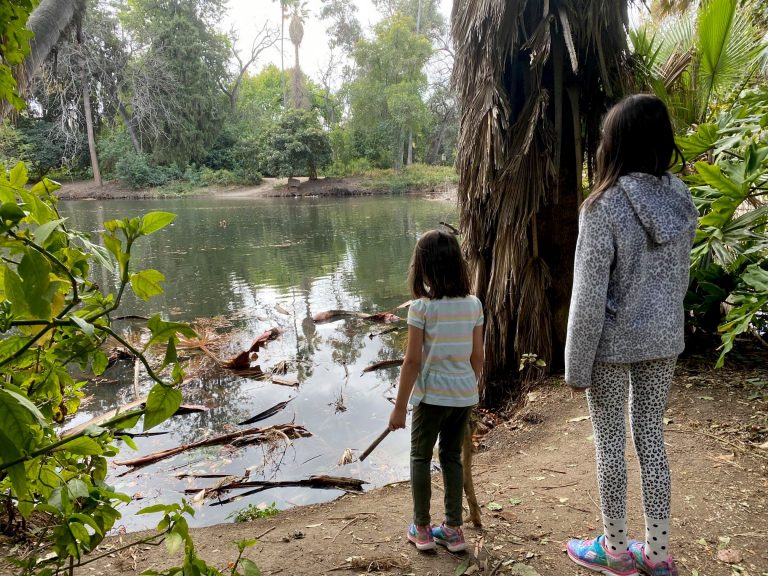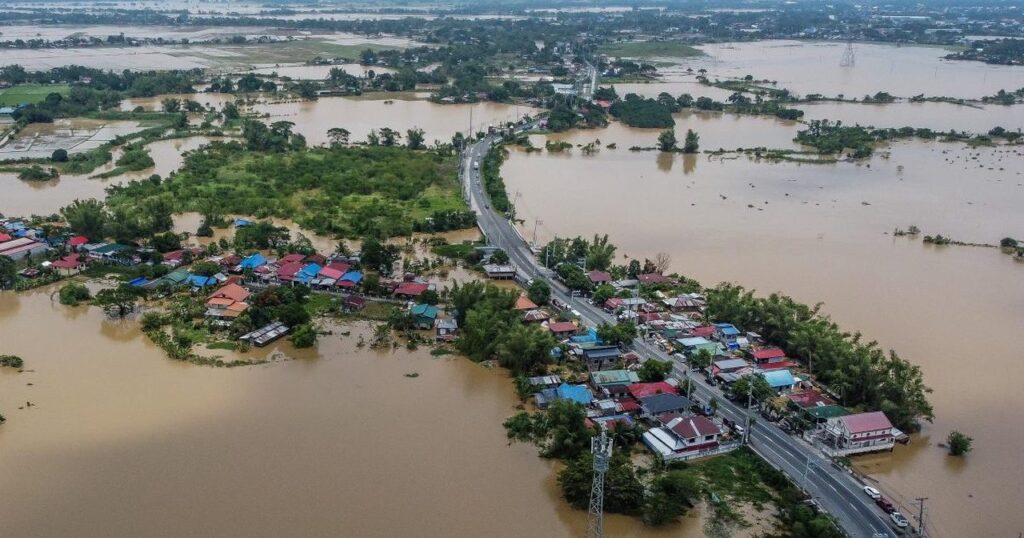Table of Contents
What is Climate Change?
in this article, we discuss the impact factor nature climate change on globally. international. Global warming is a big part of this it’s like the Earth’s ecosystem Nature Climate Change is a prestigious peer-reviewed magazine with a immoderate effect problem, reflecting its extensive affect inside the concern of weather technological know-how. It publishes cutting-edge research on the influences of weather trade, insurance responses, and techniques for mitigation and model. The magazine is widely proper for its rigorous evaluation system and contributions to advancing knowledge of climate-associated problems.Climate Change” refers to massive, long-lasting modifications in how the climate works everywhere in the international. Global warming is a big a part of this—it’s like the Earth’s ecosystem getting hotter as it’s preserving onto more warmth from the solar.
Think of it like this: usually, the Earth’s environment acts like a comfy blanket, preserving just the right amount of heat around us. But recently, human beings were making modifications that are like placing a further-thick blanket on our planet, making it too warm.
This greater warm temperature messes up lots of things. For example, whilst the oceans get hotter, they increase storms like hurricanes and typhoons. And as the ice at the North and South Poles melts as it’s too warm, it makes the ocean level rise, that may reason floods in locations wherein humans stay.
To stop this from getting worse, we want to recognize how it is taking place. We can help by means of decreasing carbon released into the ecosystem that makes the Earth too warm.

Climate Change Mitigation
In the urgent battle towards climate trade, locating sustainable answers is paramount. While efforts to reduce carbon emissions are vital, it is similarly essential to actively put off carbon dioxide from the ecosystem to fight climate exchange effectively.
The consequences of climate alternate have become an increasing number of obvious, from growing global temperatures to excessive climate events and environment disruptions. As we grapple with those demanding situations, the need for comprehensive mitigation strategies has by no means been more pressing.
Reducing carbon emissions is undeniably a essential component of any weather action plan. Transitioning to renewable electricity resources, improving power efficiency, and enforcing policies to restriction emissions from enterprise, transportation, and agriculture are all critical steps in curtailing our carbon footprint. However, in spite of competitive emissions discount efforts, the carbon dioxide already gift inside the ecosystem continues to make a contribution to climate exchange.
This is where the concept of carbon removal comes into play. Actively getting rid of carbon dioxide from the atmosphere—additionally known as carbon sequestration—is critical for stabilizing our climate and fending off the most severe affects of worldwide warming. While herbal procedures together with photosynthesis and ocean uptake naturally sequester carbon, human intervention is wanted to enhance those methods and expand extra carbon removal technologies.
How and Why Biochar is a Perfect Solution
Biochar is one such era with big carbon sequestration capacity. By changing organic waste right into a solid form of carbon and incorporating it into the soil, biochar successfully eliminates carbon dioxide from the environment and stores it in an extended-term reservoir. This procedure no longer most effective enables mitigate climate exchange however additionally improves soil fertility and resilience.
Biochar is a first-rate substance with the capacity to revolutionize our technique to combating climate exchange and selling sustainable agriculture. At its center, biochar is a form of charcoal, however its advent and homes make it a lot greater than only a byproduct of combustion.
Produced via a process known as pyrolysis, biochar is crafted from organic substances inclusive of agricultural waste, wood chips, or crop residues. Pyrolysis involves heating those substances within the absence of oxygen, ensuing of their decomposition right into a aggregate of gases, beverages, and solids. The solid residue that stays is what we know as biochar.
This particular production technique distinguishes biochar from conventional charcoal. While charcoal is often created for fuel purposes, biochar is intentionally crafted for its environmental and agricultural benefits. Its advent via pyrolysis locks carbon into a strong shape, successfully disposing of carbon dioxide from the surroundings and storing it inside the soil for centuries to millennia.
Biochar’s porous shape provides severa benefits for soil fitness and fertility. Its presence within the soil complements its ability to keep water and nutrients, selling healthier plant growth and reducing the want for artificial fertilizers. Additionally, biochar acts as a habitat for useful microorganisms, further enriching the soil environment. By transforming organic waste right into a treasured useful resource, biochar represents a sustainable technique to each environmental and agricultural challenges. Its manufacturing now not best allows mitigate climate alternate by using sequestering carbon however also improves soil fine, water retention, and crop yields

Empowering Smallholder Farmers with Biochar: A Partnership with Warm Heart
Warm Heart is at the leading edge of a international movement to empower smallholder farmers with the understanding and tools to harness the potential of biochar for carbon elimination and soil regeneration. Through collaborative projects and hands-on schooling packages, Warm Heart is running with farmers round the sector to promote sustainable agriculture practices whilst mitigating the affects of climate exchange
Benefits for Carbon Removal and Soil Health
The effect of Warm Heart’s biochar initiatives extends far beyond carbon elimination on my own. By incorporating biochar into their farming systems, smallholder farmers revel in a multitude of blessings that beautify soil health, growth agricultural productiveness and meals protection, and enhance livelihoods:
1. Carbon Sequestration
Biochar acts as a carbon sink, sequestering carbon dioxide from the surroundings and storing it in the soil for hundreds of years to millennia. Through the adoption of biochar-primarily based practices, farmers make contributions to mitigating weather alternate by means of reducing greenhouse gas emissions and enhancing carbon storage in agricultural landscapes.
2. Soil Fertility and Structure
Biochar’s porous structure provides a great habitat for useful microorganisms and promotes nutrient retention inside the soil. By enhancing soil fertility and shape, biochar improves crop yields, reduces the want for synthetic fertilizers, and mitigates the affects of soil degradation and erosion.
3. Water Retention and Conservation
The excessive floor vicinity of biochar lets in it to take in and retain moisture, assisting to enhance soil water retention and reduce irrigation requirements. This is especially useful in areas susceptible to drought or water scarcity, where biochar can enhance resilience to climate variability and aid sustainable water control practices.
4. Waste Utilization and Resource Efficiency
By changing agricultural waste into biochar, farmers can reduce smoke from open area burning of crop waste while simultaneously generating a treasured soil amendment. This closed-loop method promotes aid efficiency and environmental stewardship, turning agricultural byproducts into a renewable useful resource for soil regeneration.
Through its progressive biochar projects, Warm Heart isn’t most effective combating weather exchange but also empowering farmers to construct resilient and sustainable agricultural systems. By harnessing the electricity of biochar, farmers around the globe are improving soil fitness, growing agricultural productivity, and contributing to a greater sustainable future for generations to return.
In the face of escalating environmental worries, biochar stands out as a beacon of desire—a tangible way of addressing climate exchange even as concurrently fostering greater resilient and productive agricultural systems. As we preserve to discover modern methods to sustainability, biochar emerges as a promising ally in our quest for a healthier planet.
What Can You Do To Help
1. Educate Yourself
Start by means of getting to know more approximately biochar and its blessings for carbon sequestration, soil health, and sustainable agriculture. There are lots of resources to be had on line, such as articles, research papers, and academic websites, which can provide valuable insights into the capability of biochar.
2. Support Research and Development
Donate to groups or studies institutions which might be undertaking studies on biochar manufacturing techniques, packages, and environmental influences. Supporting clinical studies can help enhance our knowledge of biochar and liberate its full capacity as a climate alternate mitigation tool.
3. Advocate for Policy Support
Advocate for regulations that sell biochar production and usage at the local, countrywide, and international tiers. This may want to encompass incentives for farmers to adopt biochar-based practices, funding for biochar research and improvement, and incorporating biochar into climate change mitigation techniques.
4. Participate in Community Projects
Get involved in community-based totally biochar tasks or initiatives that aim to boom awareness and adoption of biochar on your region. This should contain volunteering a while and capabilities to help construct biochar kilns, organize workshops, or assist with biochar utility trials in local farms or gardens.
5. Support Biochar Businesses
Purchase biochar products from groups that prioritize sustainability and environmental stewardship of their production strategies. By helping biochar organizations, you may assist create demand for biochar merchandise and make a contribution to the boom of the biochar enterprise.
6. Promote Sustainable Land Management Practices
Encourage farmers, landowners, and policymakers to comprise biochar into their land control practices as a method of enhancing soil fitness, improving carbon sequestration, and mitigating the affects of weather trade. Share records and resources approximately the blessings of biochar and its capability applications in agriculture, forestry, and land healing.
7. Engage in Outreach and Education
Spread the phrase about biochar and its blessings on your pals, family, and community participants. Host instructional events, supply presentations, or percentage articles and videos on social media to elevate consciousness and encourage others to assist growing biochar manufacturing.
By taking proactive steps to aid growing biochar production, individuals can play a vital position in advancing this promising solution for weather trade mitigation and sustainable land control. Together, we are able to harness the electricity of biochar to create a extra resilient and environmentally sustainable future.
In addition to biochar, different carbon removal techniques along with afforestation (planting timber) and direct air seize (extracting carbon dioxide from the air) play vital roles in our climate mitigation efforts. By combining these methods with emissions discount strategies, we are able to work closer to reaching carbon neutrality and in the long run, restoring balance to our planet’s weather gadget.
As we confront the daunting challenges posed via climate trade, it’s vital that we pursue a multifaceted technique to mitigation—one that encompasses both emissions reductions and carbon removal. By embracing sustainable answers and harnessing the strength of innovation, we will forge a path in the direction of a cleanser, greater resilient destiny for generations to come back.
FAQs
How does nature impact climate change?
What are the 5 natural factors that affect climate change?
Heat-trapping Greenhouse Gases And The Earth’s Climate. …
Greenhouse Gases. …
Reflectivity or Absorption of the Sun’s Energy. …
Changes in the Earth’s Orbit and Rotation. …
Variations in Solar Activity. …
Changes in the Earth’s Reflectivity. …
Volcanic Activity.
What are 5 impacts of climate change?
Hotter temperatures. As greenhouse gas concentrations rise, so does the global surface temperature. …
More severe storms. …
Increased drought. …
A warming, rising ocean. …
Loss of species. …
Not enough food. …
More health risks. …
Poverty and displacemen
